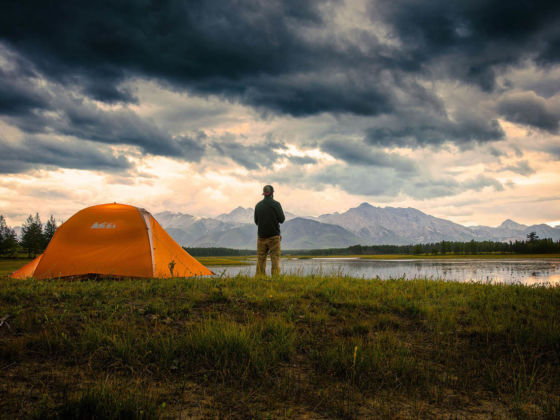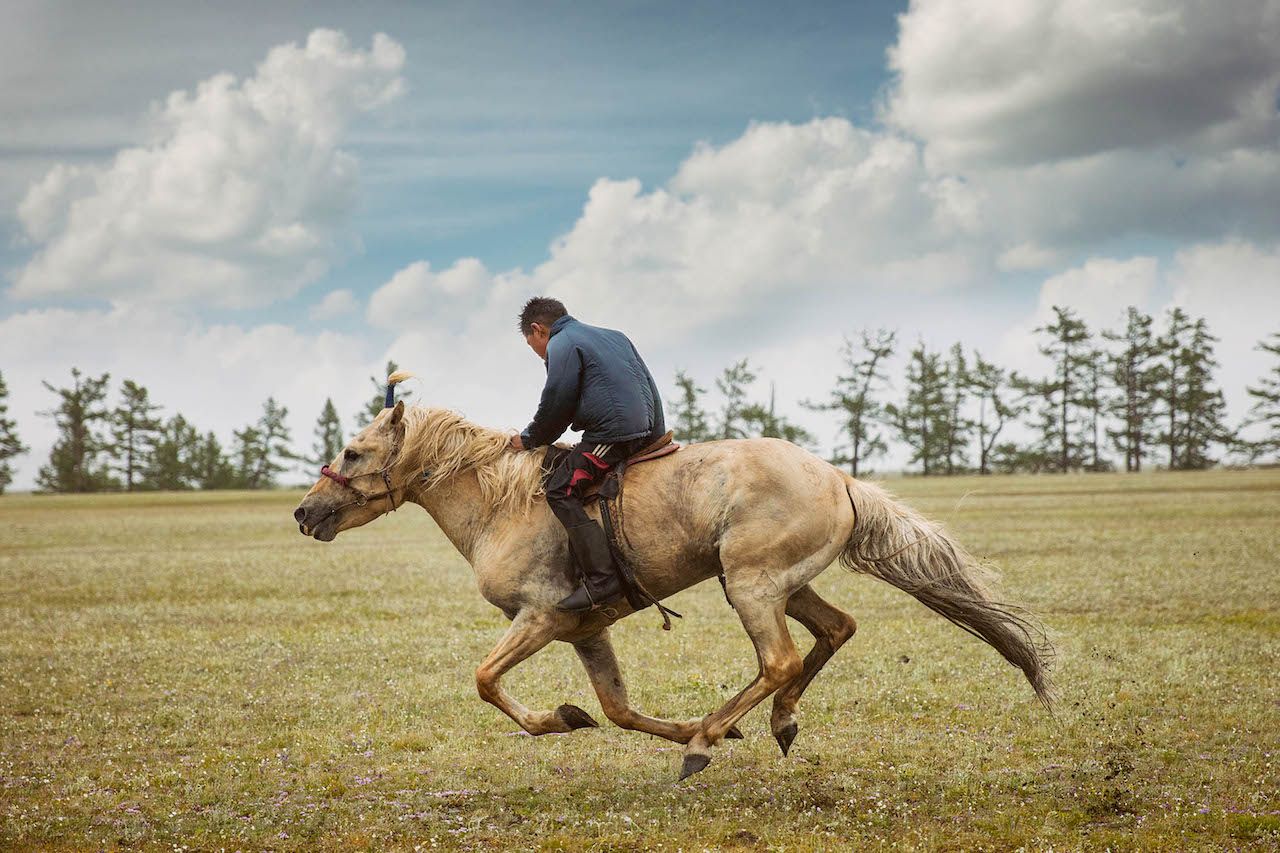
I was among the first Westerners to document the Mongolian Taiga.
Around this time last year I was approached by a non-profit to film a documentary in northern Mongolia. I had just gotten back a few months prior from Lake Khuvsgul, Mongolia and was not too excited at the premise of spending 5 weeks without running water again. Then they told me where I would be going and what I would be filming. It was a once-in-a-lifetime opportunity. I spent the next 7 months preparing.
My journey started at the San Francisco International Airport. A quick 11 hours to Seoul and after a snack, a short 5-hour flight to Ulaanbaatar, Mongolia. I landed around 1 AM. I was picked up by my friend Binderya who brought me to my hotel room and told me I had to be up in 4 hours for the drive to Khuvsgul. I went through all my gear and double-checked if the drones made it safely as I was taking them into the taiga in a few hours. I did not sleep.
I met my traveling companions at the car that morning. Joe, Les, and Peggy. They were scientists brought over from the states to do some work with Park Service while I filmed. Our driver was named Boro. He spoke no English and the scientists spoke no Mongolian. This was their first time in Mongolia. We had a very hard communicating but Boro was fluent in drawing pictures and so were we.
After 7 hours on the road, we stopped in Erdenet for lunch at a Russian restaurant. The menu was all in Russian. One of the scientists named Joe tried drawing a chicken on a napkin to order. I tried a similar tactic. He ended up with chicken and I ended up with what I hope was beef.

We arrived in Khuvsgul after 15 hours on the road. It was great to be back. We were there in time for the Naadam Festival. This consisted of horse races, wrestling, archery competitions and consuming copious amounts of airag (fermented mare’s milk). I was befriended by the local governor the year prior because he liked my drones. He gave me unrestricted access to film everything during the festival including a seat in the VIP booth. A great honor.
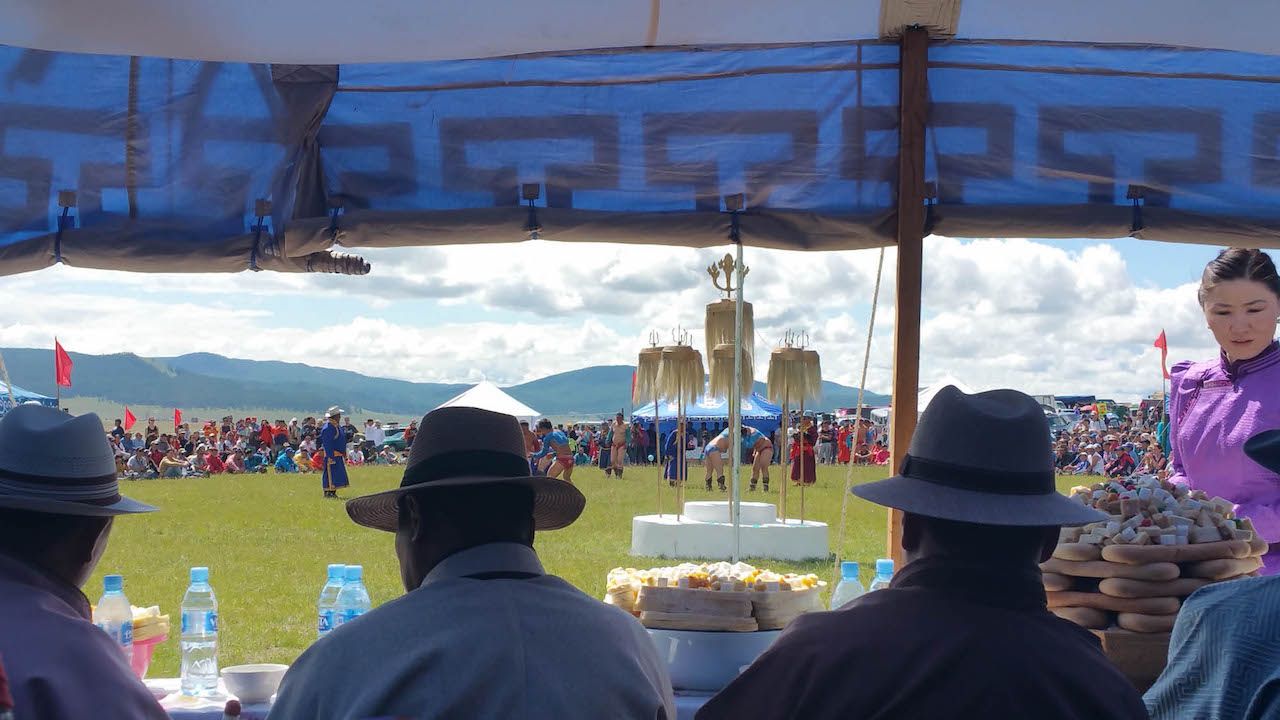
First was the horse race. These were children. Mostly 8 years old. The horses were practically wild. Not used as working horses and trained specifically for one purpose: to race.

One of the horses was named Yosemite and had ties to the NGO I was with. I asked the child riding if I could put a GoPro on his helmet. He wasn’t too excited at the idea because he didn’t want to be slowed down but he eventually came around. One of the many items I forgot was my helmet mount. Frankly, it didn’t cross my mind to pack it and the Duct tape I had did the job perfectly.
The race was about 10 kilometers from one point to another. I was there for the start. Once the race began I followed them for a few kilometers with my phantom 4. I ended up retrieving my GoPro a few hours later.
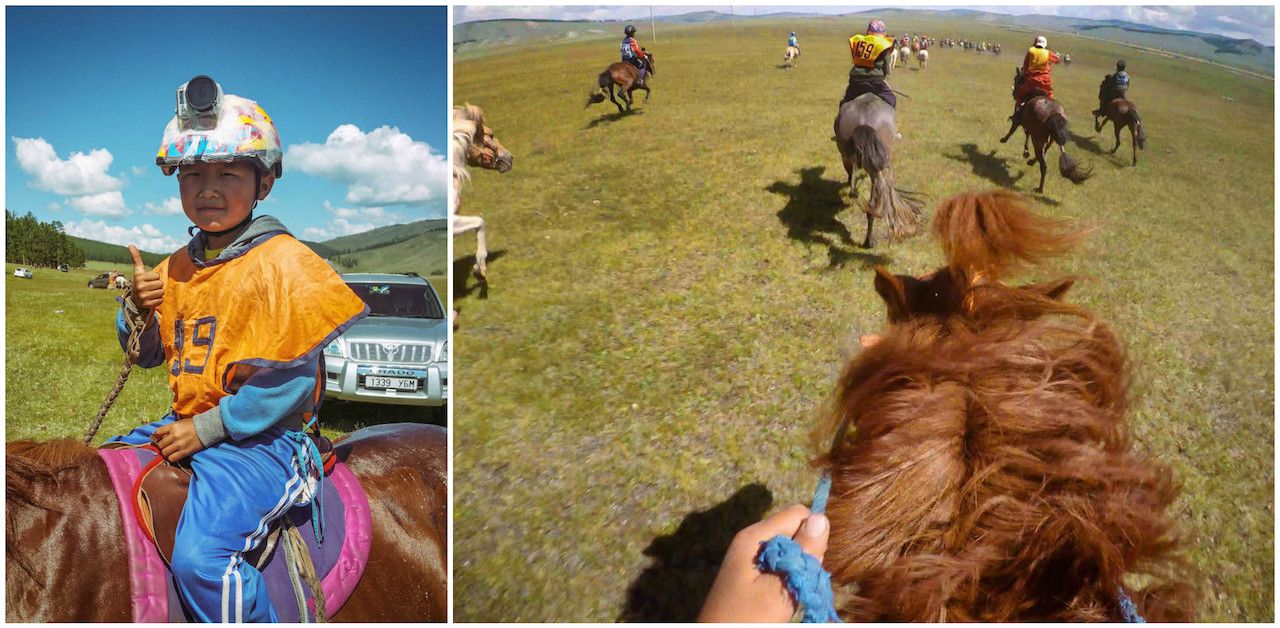
From there we viewed the wrestling matches. These men ranged in size from 140 lbs to 250lbs. And these matches went on all day.
After a day at Naadam, we packed up our caravan and headed to our friend Tumursuk’s camp on the other side of lake Khuvsgul. It was a beautiful setting where he had created a sanctuary for marmots and red deer. Both of which are close to being on the endangered species list.
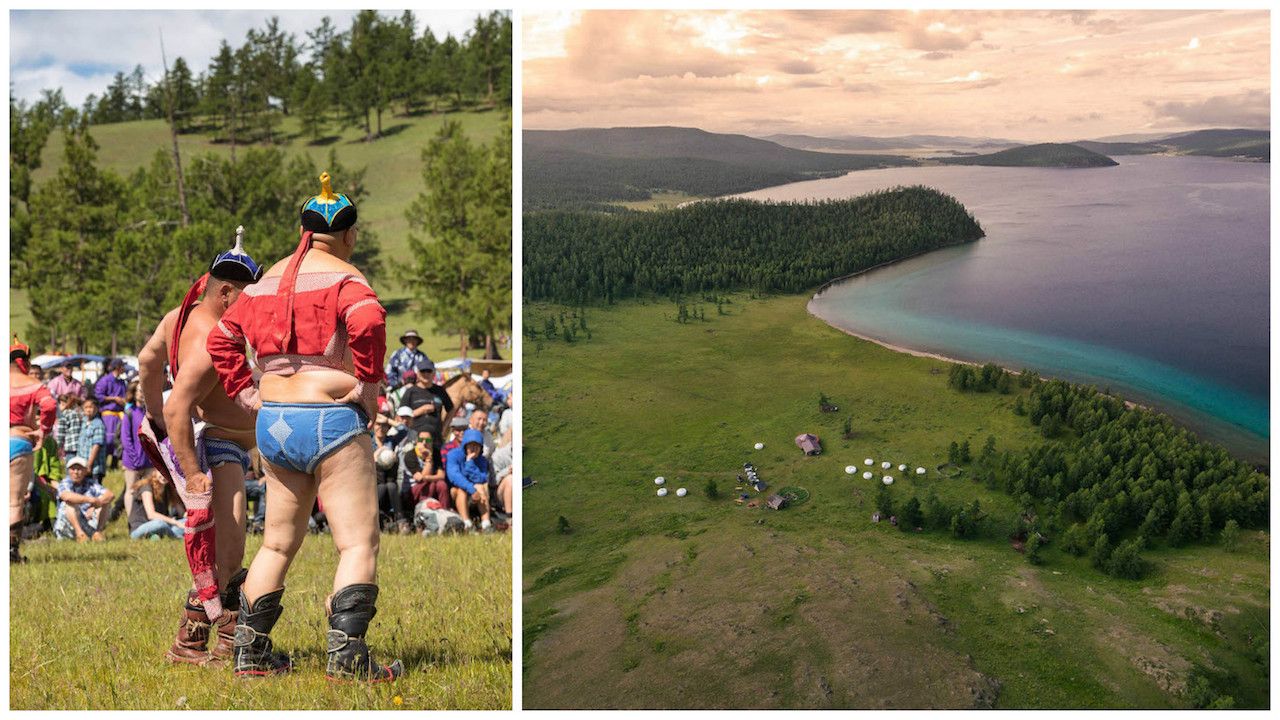
The next day we packed up and headed to Ulan-Uul in the Darkhad valley. There was a ranger station there where we would spend a few nights preparing and planning to head into the surrounding parks. It was 7 hours offroad with a stop to eat lunch. Once we arrived we spent the next 3 days planning, preparing, and enjoying the last semblance of civilization we would see for a while.

On our last night we were surprised by a dinner the rangers put on. It was pressure cooked mutton and potatoes with bread. They call it horhog.
Once we left, the plan was constantly changing from hour to hour. Due to fear of weather exposure or lack of communication with rangers in the area. We arrived at Tengis Shishged Park and started to get our camp set up. We were right at the fork of where the two rivers met.
I was down at the river doing my laundry when I saw ripples on the water in the distance. Out of nowhere a wall of wind hit me. Within seconds there was thunder and I was being waved up to the plateau our tents were on. I ran up and found my tent flattened by the wind. I immediately got inside and started throwing all my cameras and electronics in my Pelican cases. I grabbed my raincoat and got out of the tent which went flat again. It was now hailing. We all ran into the ranger station which was a one room log cabin.

After a few hours, the storm cleared and I managed to get my equipment and tent back in order with the help of a few of the Mongolians who were with us, including my driver Boro. We later heard about this storm from others we met on the road. It had done some damage to a few gers and the reindeer herders’ tepees a hundred miles away. Nobody had seen weather like that before.
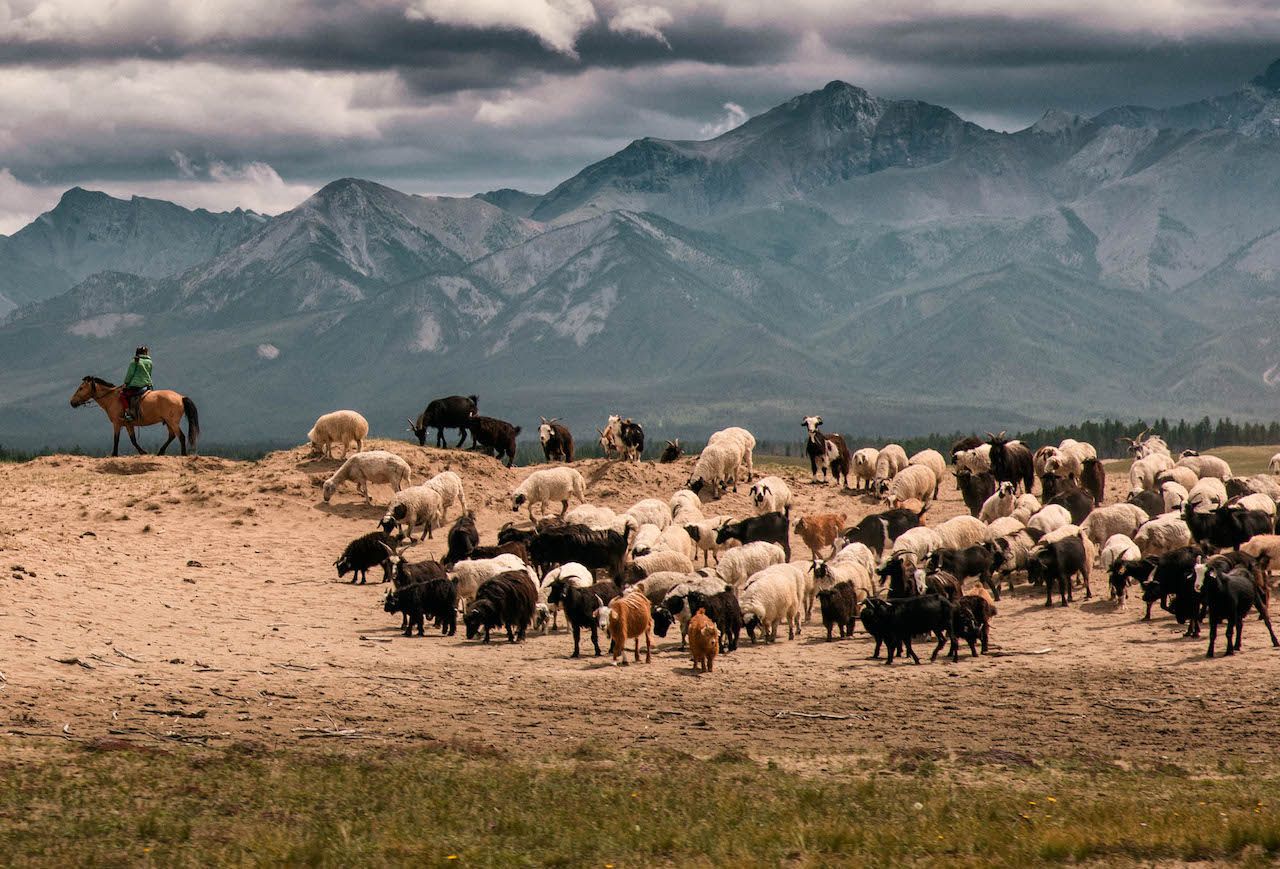
We spent the next week kicking around the Darkhad valley. Usually taking Lunches out of our Russian kitchen van.
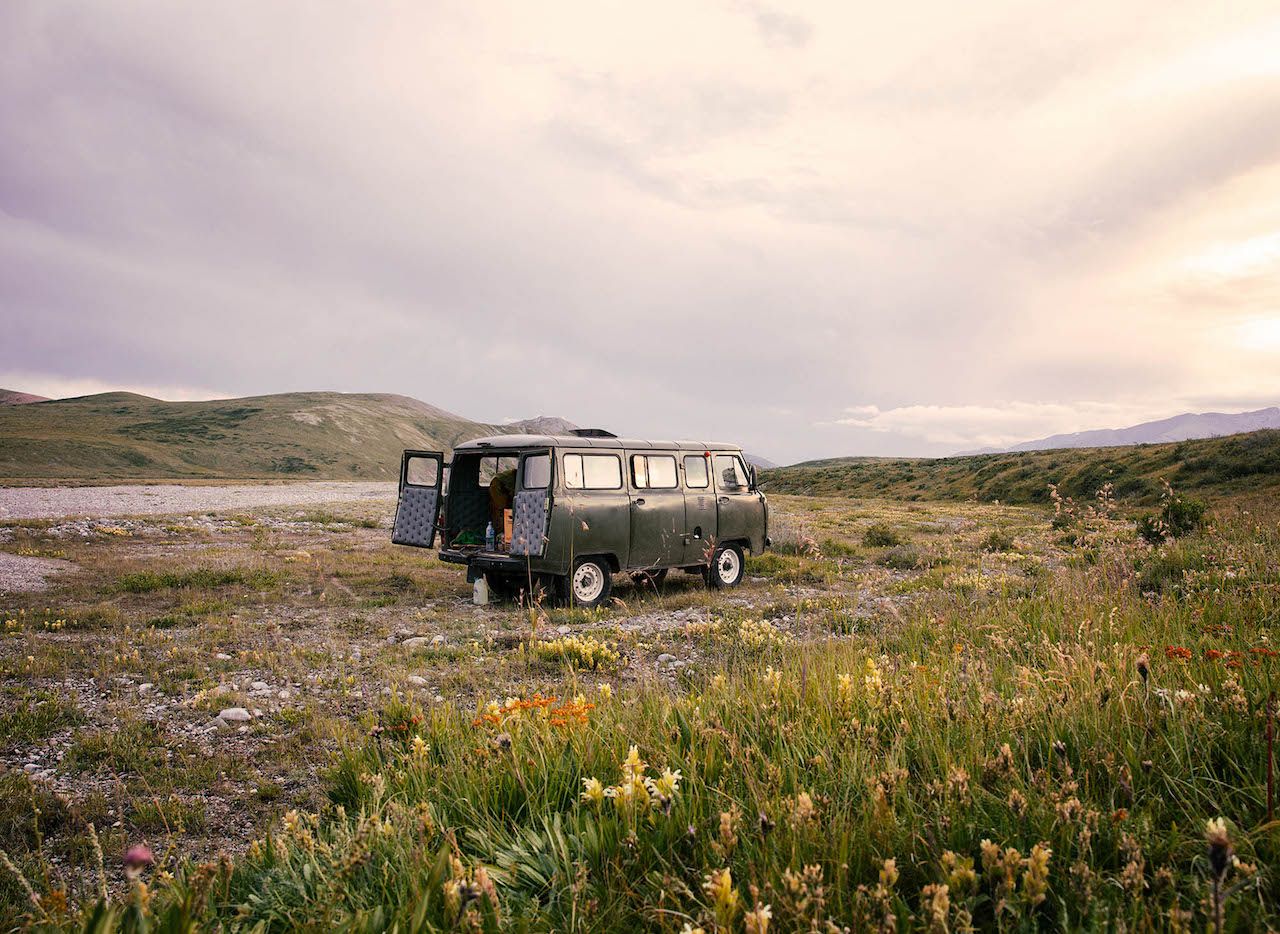
We camped at a natural spring and at a small lake with the sound of wolves in the distance. Never once did the view cease to amaze.
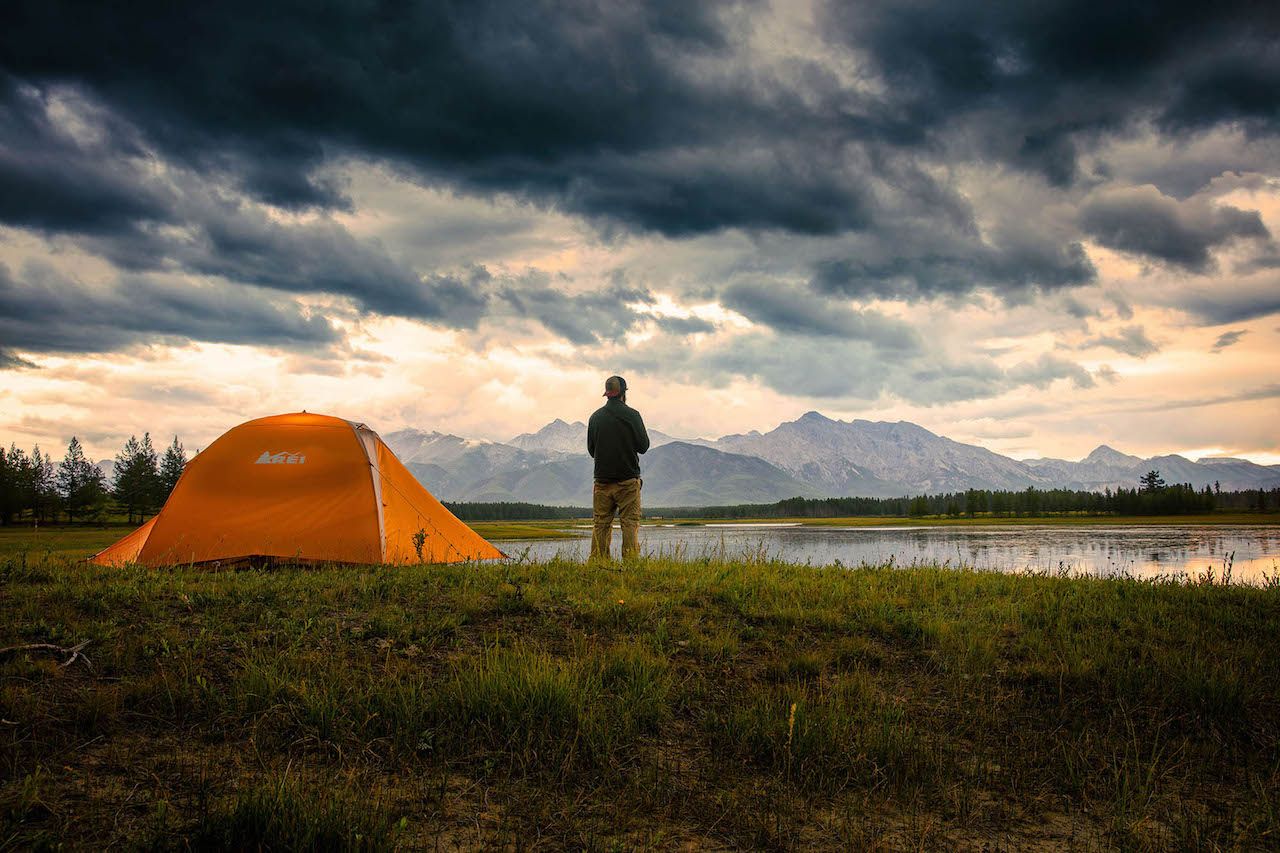
Getting stuck during river crossings was the norm. This happened over and over but the Mongolians who were with us had getting stalled vehicles out of a river down to a science.
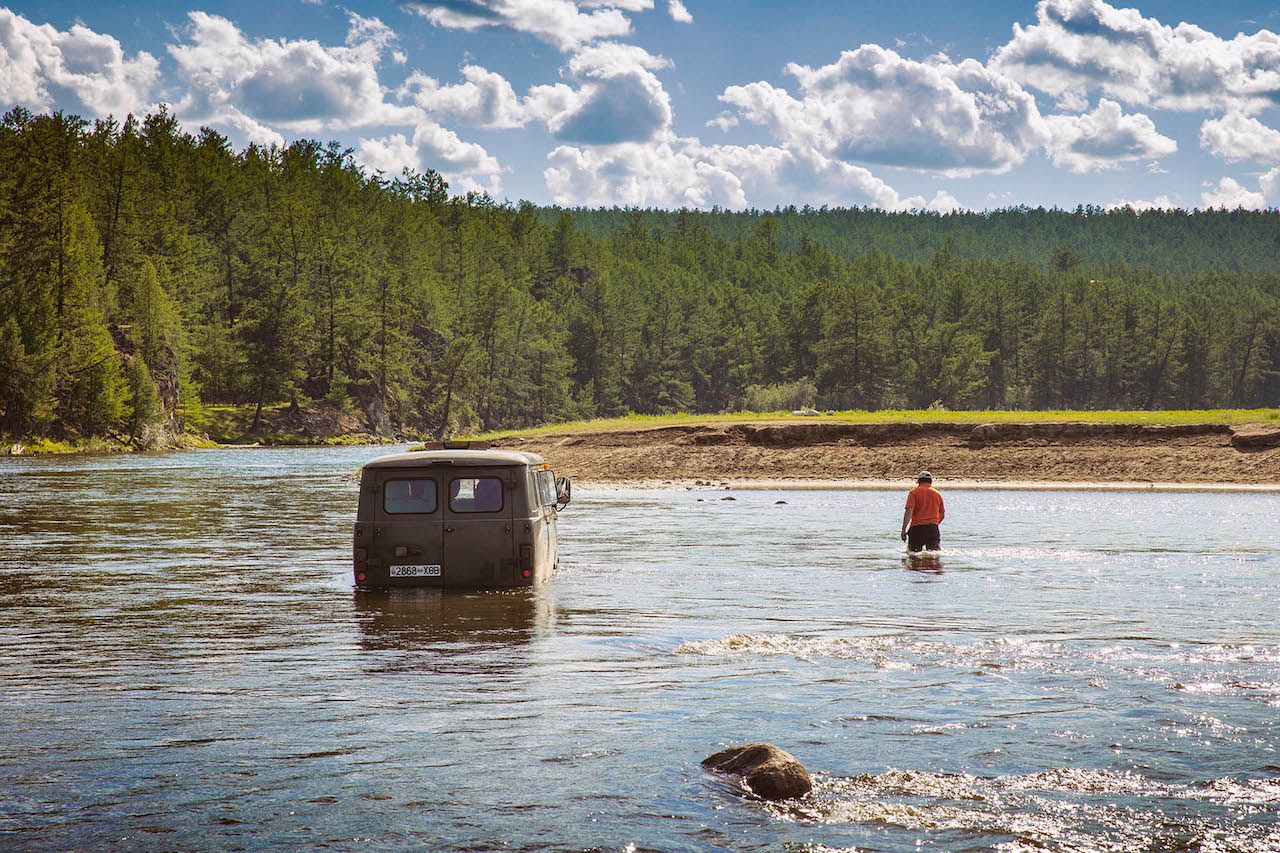
We went back to Ulan-Uul for a shower and to recharge before we headed into the area we had all come to see. The Horidal Saradig. Home of the Siberian Ibex.
We drove up the valley into a river bed. It was the bumpiest part of the trip. Constant river crossings and backtracking to find ways around fallen trees and debris.
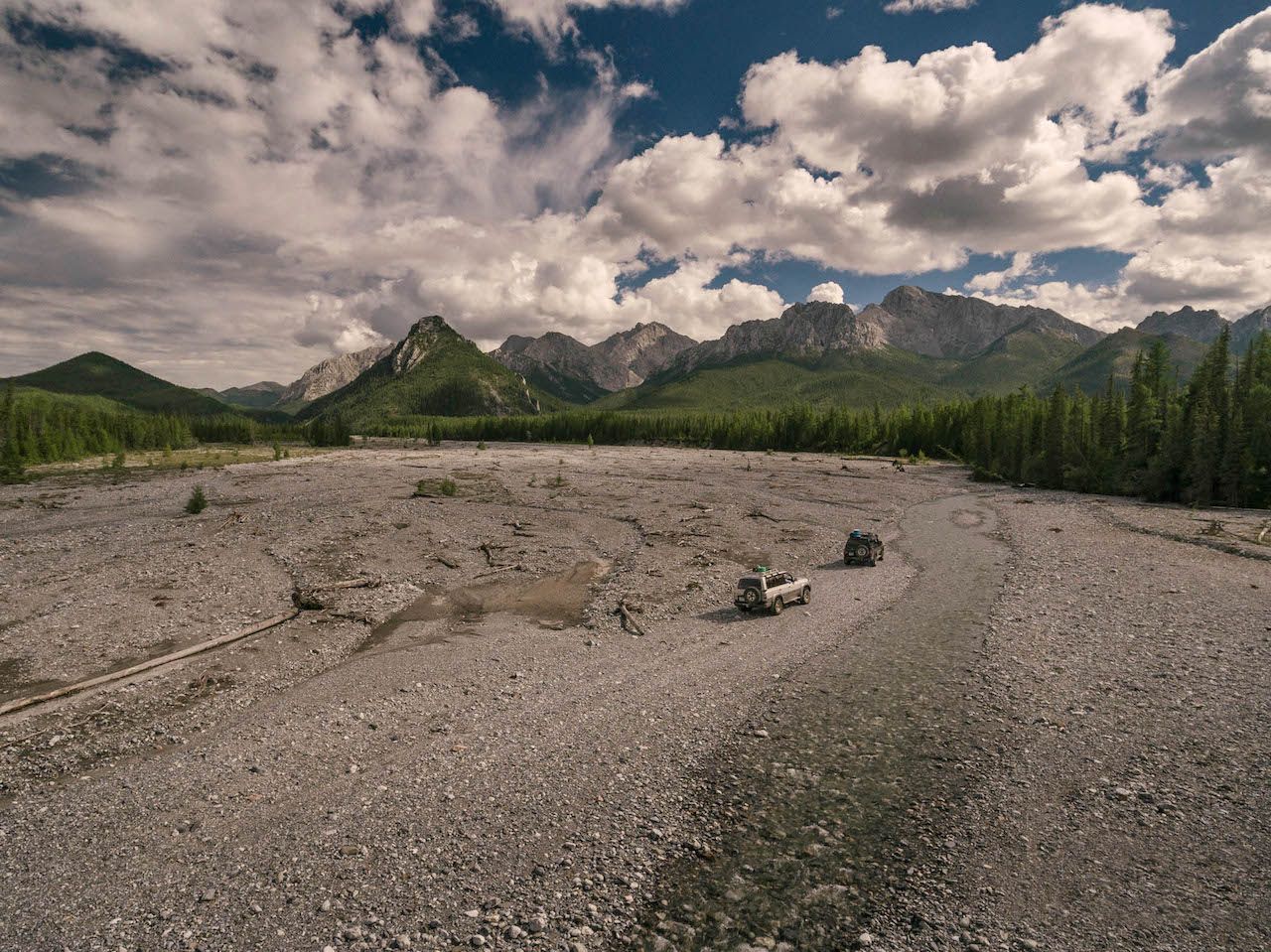
The mountain pass was the worst part of the ride but the view was insane. I have never felt so small.
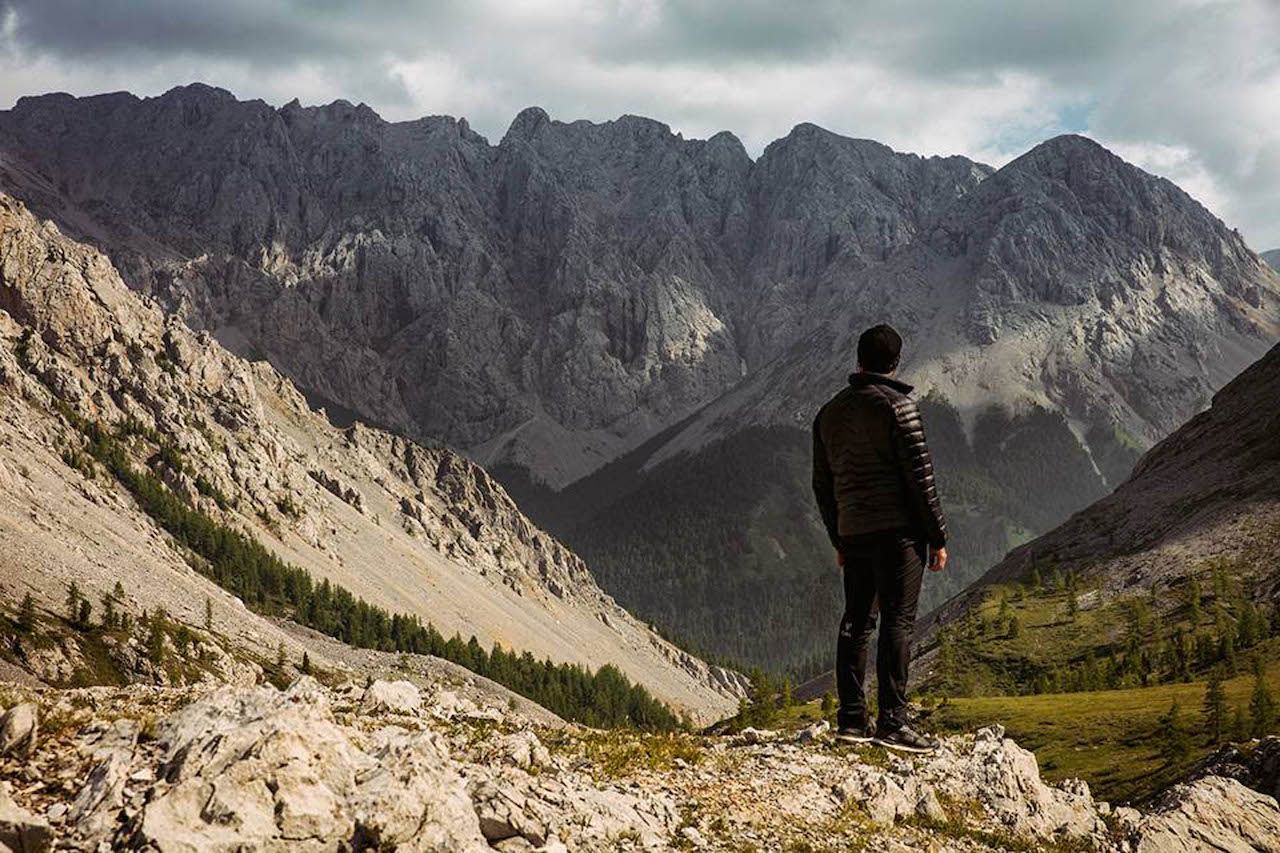
We arrived at a staging point and had to split up the group. One of the drivers had been convicted of poaching a few years prior and the rangers were not comfortable bringing him. We had to reorganize our bags and only bring the essentials. For me, this was a challenge as I was finally getting to film the subject of the documentary I was on the other side of the world to make. I opted to bring one change of clothes and all of my camera gear. I left the rest of my things at basecamp.
We packed 8 people and all of our gear into one Russian van and headed into the pristine zone.
